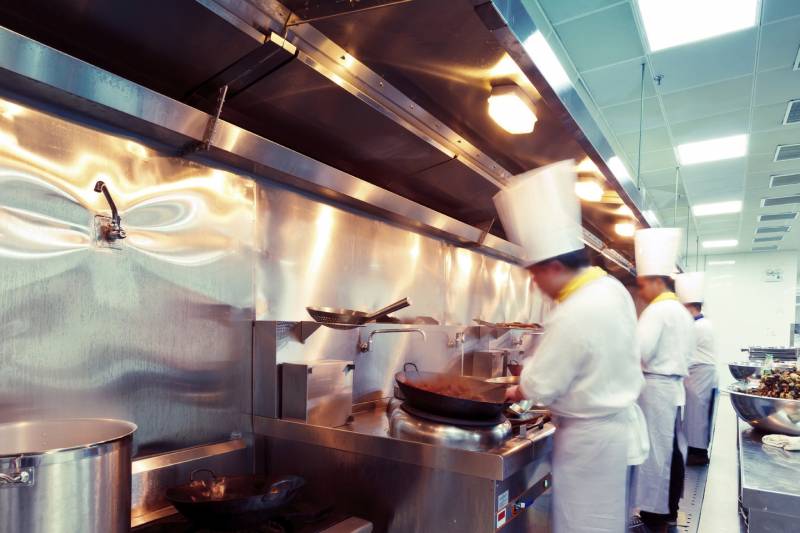“It could be driven by the fact that you have white-collar jobs that have kept their jobs, kept their pay, and other workers who haven't,” Sylvia Allegretto an economist at the Institute for Research on Labor and Employment at UC Berkeley said.
Many Bay Area workers have lost their jobs, but the region as a whole is faring much better than the national average. The unemployment rate for the Bay Area as a whole was 3.5% in March compared to 4.5% nationally at the same time. New data from the Bureau of Labor Statistics puts the April national unemployment rate at 14.7%, the highest since 1948.
While that number is alarming, Allegretto emphasizes the context behind the numbers. “We came together as a nation collectively to shut down the economy as we start to try to deal with a pandemic,” she said. “If I didn't see high rates of unemployment I’d wonder why are all these people working.”
San Francisco saw a 31% increase in how many unemployment claims were filed in March compared to February. That could reflect the large numbers of restaurants and bars in San Francisco, which were among the first businesses to shutter after the Bay Area-wide shelter-in-place order on March 16, Allegretto says.
“It can hold both ways,” Allegretto said.
Meanwhile, the eastern Bay Area counties show the opposite trend: higher rates of unemployment, but lower increases in unemployment insurance claim filings from February to March.
Solano and Sonoma counties have the highest percentage of workers in construction and retail, industries that have been heavily impacted by COVID-19.
The Bureau of Labor Statistics numbers are not seasonally adjusted, meaning they don’t account for expected increases around the busy holiday season for retail workers or seasonal fluctuations in construction.
Allegretto warns that it’s early yet to draw definitive conclusions. The April report reflects unemployment insurance filings through the end of March, just when the economy started to wind down. The full implications of COVID-19 on the workforce have only grown more acute.
April saw furloughs at Bay Area oil refineries. Tech companies like Uber and Airbnb announced layoffs in early May. City and county budgets are suffering, too. California cities project losses of $6.7 billion in the two years, and Bay Area cities know layoffs might be in the future.
Darst, the restaurant manager, first started working in restaurants at age 14. But he isn't counting on being able to return to work in the industry any time soon.
"It's a disaster," he said. "It's really bad."
Below are various KQED resource guides that can help those who have lost their jobs and income due to the pandemic:
Californians who are missing work because of the novel coronavirus can access benefits, including unemployment. Benefits are not only for people who have been laid off, they also apply to caregivers, those who are quarantined and workers whose hours have been reduced.
Some self-employed people will not qualify for unemployment insurance, particularly artists who rely on informal, direct cash payments or practice without a business license. With those challenges in mind, KQED compiled a list of mutual aid funds that distribute emergency grants to artists, creative professionals and freelancers facing financial hardships.
From restaurants and bookstores to dry cleaners and hair salons, small businesses are a big deal in the U.S., employing nearly half of the nation's workforce. Most of these institutions, which were already operating on razor-thin margins, have been hit particularly hard by the coronavirus pandemic. And without major assistance, many simply won't be able to weather their economic losses. This guide lists some of the lifelines Bay Area businesses can try to take advantage of.
Some of who've lost their jobs might be worried about paying their rent. This guide has some answers to common questions about renters and tenants protections in the Bay Area.

